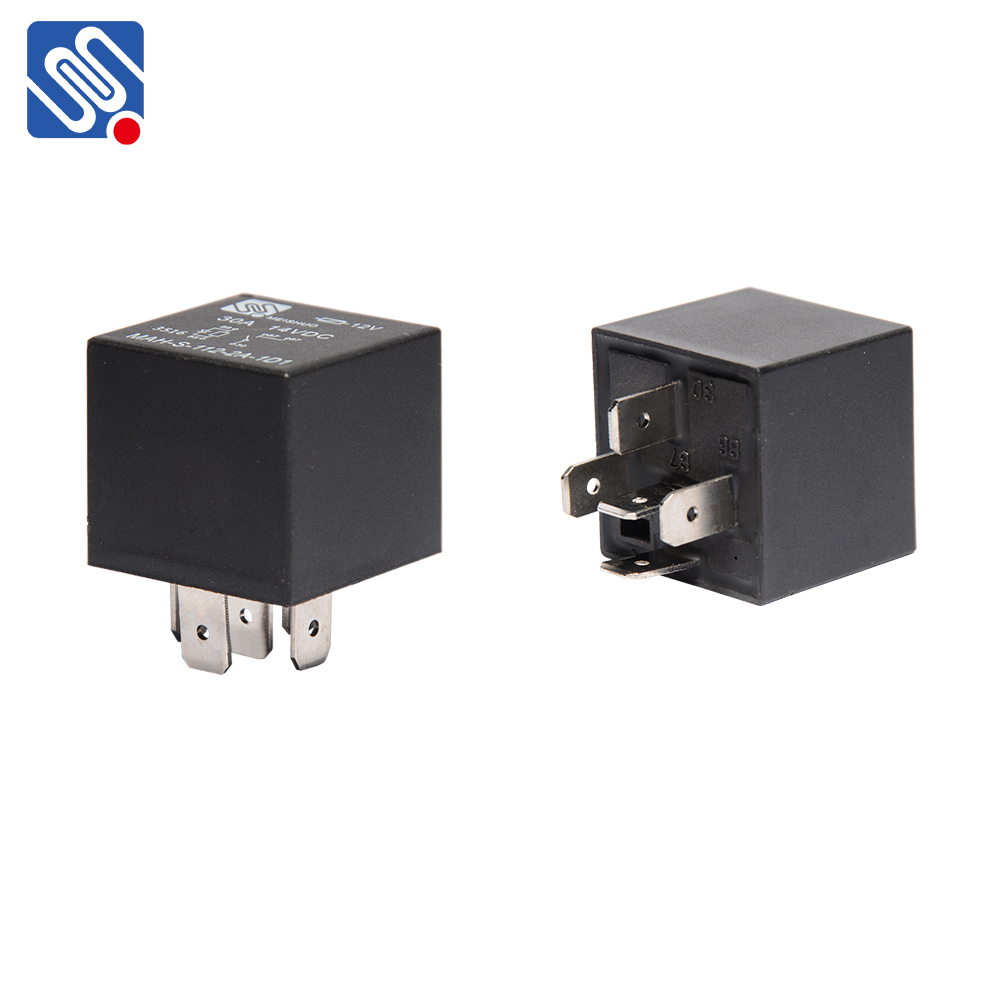understanding automotive relay: the backbone of automotive electrical systems
Release time:2025-11-09 13:59:20
Automotive relays play a critical role in the operation of modern vehicles, controlling various electrical components and systems that are essential for the comfort, safety, and performance of the vehicle. These small, yet powerful components function as switches that manage the flow of electricity to high-power circuits, ensuring efficient operation of different systems. From the air conditioning and power windows to the headlights and engine starter, Automotive relays are fundamental in the electrical architecture of a car. This article explores the significance of Automotive relays, their functions, types, applications, and why they are indispensable to vehicle performance.

What is an Automotive Relay?
An automotive relay is an electromagnetic switch that uses a low-voltage electrical signal to control a high-voltage circuit. Essentially, it allows a small current to control a much larger current, enabling the activation of heavy-duty electrical components like the vehicle's starter motor or headlights. The relay consists of a coil, contacts, and a casing, and it works by energizing the coil to create a magnetic field, which moves the contacts to complete or break the electrical circuit.
In simpler terms, an automotive relay acts as a mediator between a low-power control circuit and a high-power load, preventing the high-current components from being controlled directly by delicate or low-voltage circuits.

